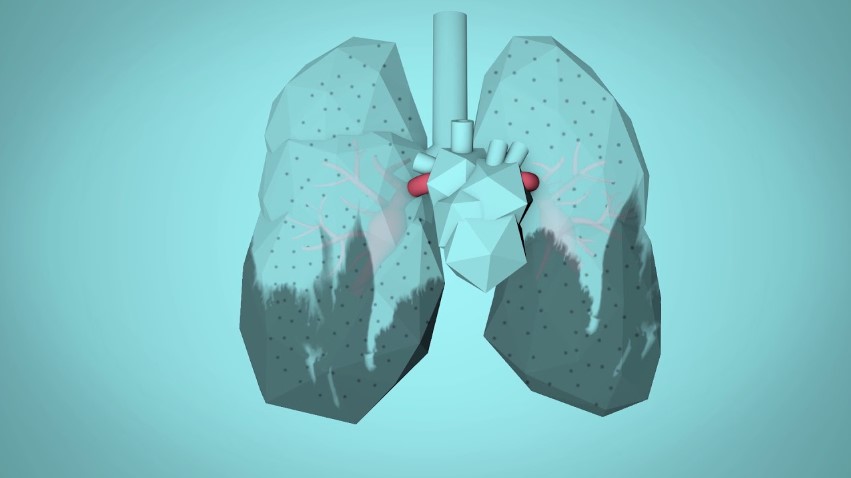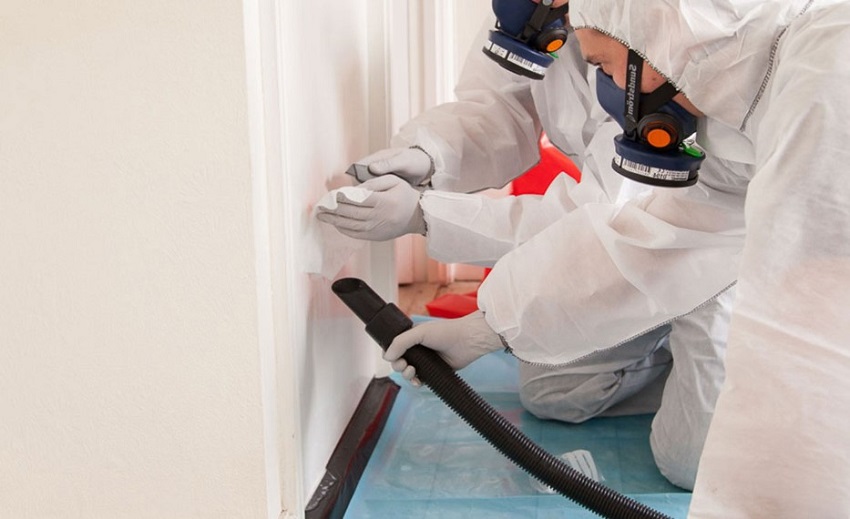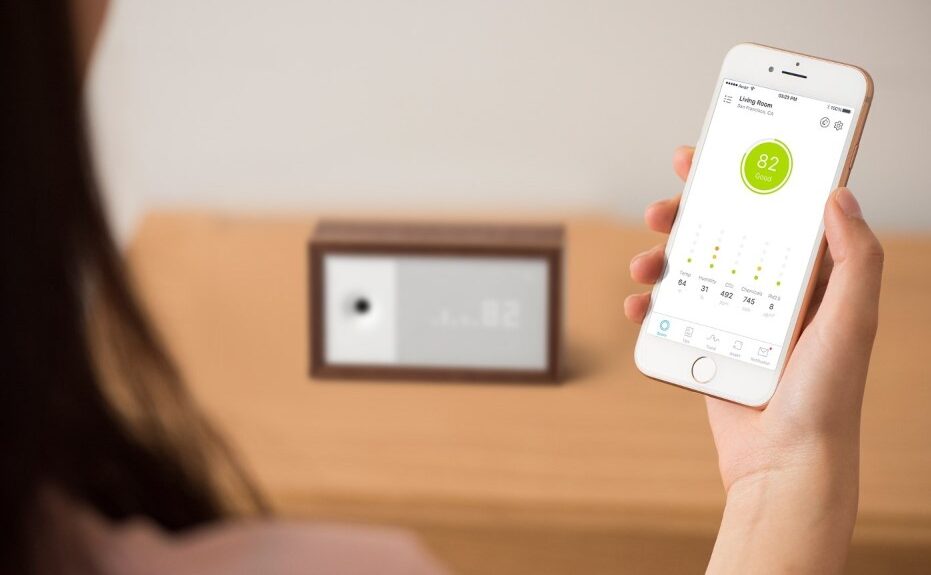Indoor air quality massively affects our general health. As indicated by the Ecological Insurance Organization, “the typical American spends more than 90% of their life inside”. With all that time you spend inside, getting a charge out of good air quality is fundamental.
Tragically, a few elements in our day-to-day existence could be making the nature of our indoor air decline. The following are four indoor air pollutants to know about inside your home.
Family Cleaning Items
Did you know that most window cleaners contain harmful chemicals? What might be said about your cherished broiler degreaser? At the point when the substances we use to clean our home interact with the air, they can shape perilous mixtures that can adversely influence our health. Studies have demonstrated the way that expert cleaning substances might set off asthma side effects after some time in individuals who are over and again presented to them.
Mold
Mold spores frequently show up in homes that are experiencing unfortunate ventilation. Mold is much of the time the secret reason for some sicknesses, and delayed openness can bring about numerous respiratory illnesses. You’ll find mold in your home in regions that are inclined to elevated degrees of mugginess, like the restroom or kitchen.
Radon
Radon is a dull, scentless radioactive gas that starts from the dirt in substantial structure materials. If the structure isn’t ventilated accurately, elevated degrees of radon can develop inside and residential indoor air quality testing is a must then. This sort of gas is just recognizable through radon finders, which makes it particularly hazardous. Openness to radon for broadened periods can bring about the improvement of cellular breakdown in the lungs.
On the off chance that you suspect that your structure could have high radon levels, reaching an indoor air quality expert to do a legitimate test is ideal.
Carbon Monoxide
It can advance into the house through spills in your heater, gas lines, car fumes, gas ovens, and even tobacco smoke. Proprietors of gas ovens should be particularly careful about carbon monoxide levels in their homes. In the colder time of year, a few mortgage holders with gas ovens might be hesitant to open their windows, as this would give cold air access to the house.
Be that as it may, an absence of outside air and ventilation can make the development of carbon monoxide happen. From the outset, openness to carbon monoxide might make you feel tired; however, whenever left uncontrolled, you might start to encounter tipsiness, migraines, disarray, and queasiness.
Sicknesses Brought about by Contaminated Air
- Pneumonia
Pneumonia is serious and possibly destructive contamination that causes the air pockets in the lungs to become kindled and load up with liquids. While you can contract pneumonia in different ways, airborne contaminations can emphatically build the gamble of disease.
As per the World Health Association (WHO): “Openness to family air contamination nearly pairs the gamble for adolescence pneumonia and is answerable for 45% of all pneumonia passing in kids under five years of age. Family air contamination is likewise a gamble for intense lower respiratory diseases (pneumonia) in grown-ups, and adds to 28% of all grown-up passing to pneumonia.”
- Chronic Obstructive Pulmonary Disease
Correspondingly to pneumonia, the gamble of treating chronic obstructive pulmonary disease (COPD) essentially increments when presented with airborne contaminations, for example, smoke and sediment transmitted by chimneys, wood ovens, and, surprisingly, specific sorts of candles. WHO expresses that airborne pollutant inside the home reason a fourth of all grown-up COPD passing in low and center pay nations.
- Cellular Breakdown In The Lungs
Kerosine, wood, charcoal, and coal, all put off cancer-causing agents when consumed. Be that as it may, these poisonous synthetics can horrendously affect lung health.
Normal Side effects of Poor Indoor Air Quality
While individuals rush to be dubious of the air quality outside, many appear to fail to remember the perils that lie inside. We invest such a lot of energy inside, whether we are at home or work, and unfortunately do not take indoor air quality assessments that can genuinely influence our health.
Poor indoor air quality influences everybody in the family unexpectedly. After being presented with poor indoor air, certain individuals have announced feeling cold-like side effects. They feel extremely clogged, have runny noses and some even have bothersome eyes.
Others presented with a similar air will have more respiratory side effects. They might find it harder to inhale after entering the region with unfortunate air quality. Others might hack and wheeze.
While many individuals are delicate to mold, if found in the home it can cause a few negative health impacts on the two kids and grown-ups. It’s particularly risky for those experiencing asthma. Certain individuals might try and foster skin rashes, experience the ill effects of migraines and feel exhausted.
How you can Decrease Airborne pollutants
While there is not a viable replacement for proficient air cleansing, there are many little advances you can take to establish a lot more secure climate for your loved ones.
- Introduce Hepa Channels
One of the simplest and most effective methods for wiping out airborne pollutants from your house is to change to a high-proficiency particulate air (HEPA) channel. Dissimilar to customary cotton or polyester air channels, HEPA channels are made of initiated carbon slight strands of glass, permitting them to catch a lot more airborne pollutants. As indicated by the EPA, these channels “can hypothetically eliminate something like 99.97% of residue, dust, shape, microorganisms, and any airborne particles with a size of 0.3 microns”.
- Air Purging Plants
In all honesty, plants can assume a significant part in keeping your air clean. Air filtering plants flourish in the very microbes and pollutants that can make us people exceptionally wiped out. Plants like villain’s Ivy, harmony lilies, and insect plants have been demonstrated to decrease airborne carbon monoxide, formaldehyde, and benzene levels.
- Change to Normal Cleaning Items
While compelling at disinfecting surfaces and killing microorganisms, conventional family cleaning items can deliver numerous undesirable pollutants, like smelling salts, chlorine, and formaldehyde, very high in your home. These days, there are plenty of regular, eco-accommodating cleaning items that can finish the work similarly as well as though (worse) than their brutal substance partners, without seriously jeopardizing your health.
FAQs about the effects of air pollutants
What are the health effects of air pollution?
Air pollution can have a number of negative health effects, including:
- Respiratory problems: Air pollution can irritate the lungs and airways, leading to coughing, wheezing, and shortness of breath. It can also worsen existing respiratory conditions such as asthma and bronchitis.
- Cardiovascular problems: Air pollution can increase the risk of heart disease, stroke, and heart attacks. It can also damage blood vessels and increase the risk of blood clots.
- Cancer: Some air pollutants have been linked to an increased risk of cancer, particularly lung cancer.
- Premature death: Air pollution is estimated to cause millions of premature deaths each year worldwide.
Who is most at risk from air pollution?
People who are most at risk from air pollution include:
- Children: Children’s lungs are still developing, so they are more susceptible to the harmful effects of air pollution.
- Senior citizens: Older adults’ lungs are less able to filter out pollutants, so they are also more at risk.
- People with respiratory conditions: People with asthma, bronchitis, and other respiratory conditions are more likely to experience symptoms when exposed to air pollution.
- People who live in urban areas: Air pollution levels are typically higher in urban areas, so people who live in these areas are at an increased risk.
How can I reduce my exposure to air pollution?
There are a number of things you can do to reduce your exposure to air pollution, including:
- Avoid outdoor activities on days with high air pollution levels.
- Stay indoors if you have respiratory problems.
- Use an air purifier in your home or workplace.
- Drive less and walk, bike, or take public transportation more often.
- Support policies that reduce air pollution.
What are the environmental effects of air pollution?
Air pollution can also have a number of negative environmental effects, including:
- Damage to plants and animals: Air pollution can damage plants and animals, making them more susceptible to disease and death.
- Acid rain: Air pollution can react with water vapor in the atmosphere to form acid rain, which can damage forests, lakes, and other ecosystems.
- Global warming: Air pollution is a major contributor to global warming, which is the long-term heating of Earth’s climate system.





